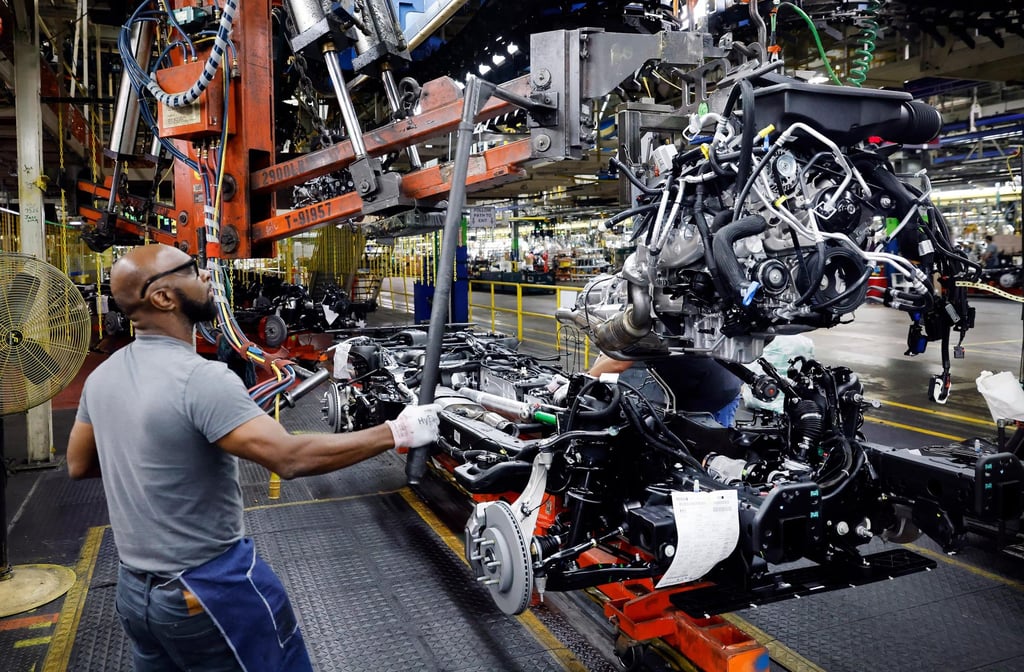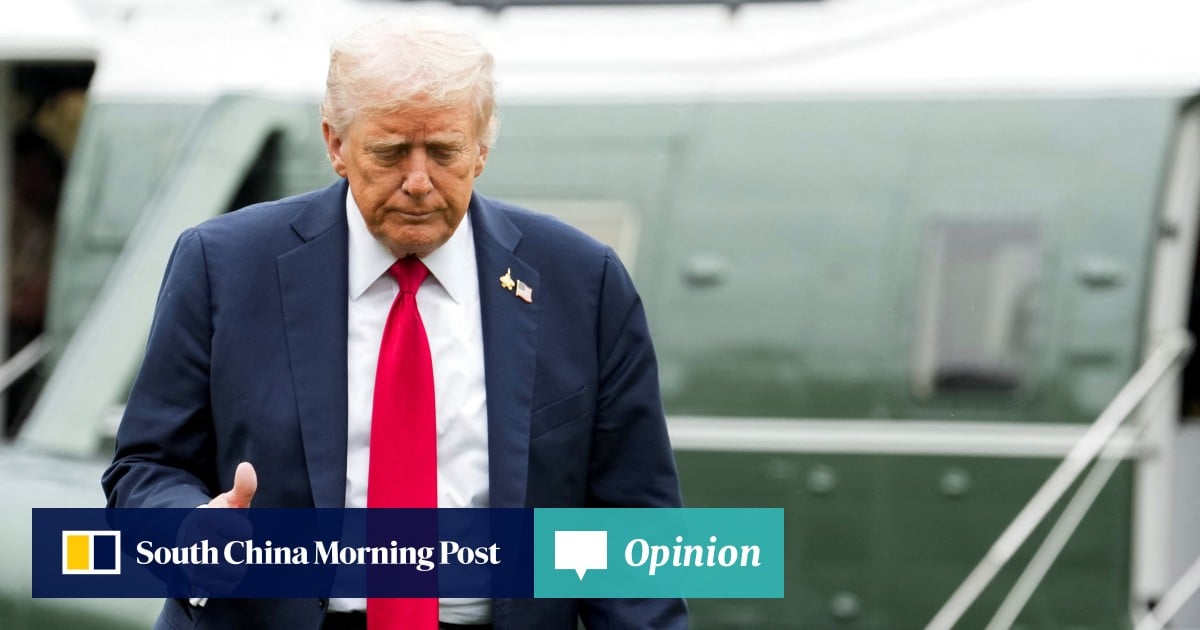Despite administration claims that tariffs primarily punish foreign exporters, mounting evidence and expert analyses reveal that American companies and consumers are bearing a substantial portion of the financial burden – a reality that challenges the narrative of tariffs as a protective economic measure. A research note from Goldman Sachs this month estimates that American businesses will absorb about 22 per cent of tariff costs, US consumers will shoulder approximately 55 per cent, and foreign exporters will take on around 18 per cent by reducing prices.
These dynamics underscore the complexity of tariff effects: while export prices may adjust, in the short term, American companies have limited power to fully pass increased costs to consumers. This results in compressed profit margins and financial strain for US firms caught between rising input expenses and price-sensitive customers.
For businesses heavily reliant on imported components – industries such as automotive, manufacturing and electronics – the impact is particularly acute. Tariffs raise input prices, squeezing already narrow profit margins. Some firms have suffered outright losses, prompting cost-cutting measures including lay-offs and reduced investments in innovation and capacity expansion.

An assembly team worker lowers an engine assembly onto the frame of a large SUV at the General Motors Arlington Assembly plant on June 8, 2023, in Arlington, Texas. Photo: The Dallas Morning News / TNS
Faced with these challenges, some companies have adopted strategies to mitigate the immediate impact on consumers, such as delaying or limiting price increases. Some price their products based on inventory purchased before tariffs were imposed, effectively postponing the full consumer-facing cost increase. While this tactic tempers shock to consumer spending in the near term, it intensifies pressure on corporate cash flow and profitability.
